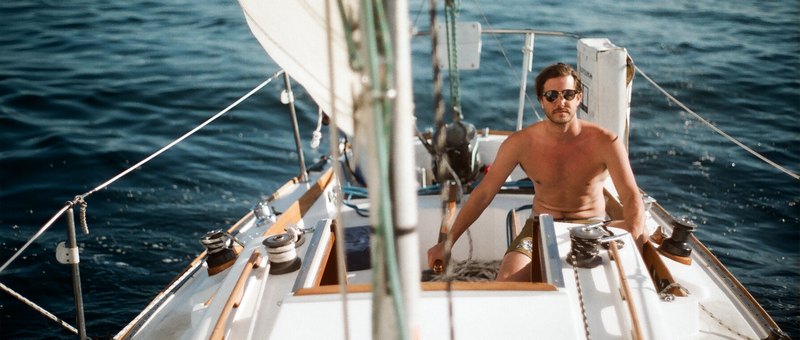Phone: (301) 352-5738
Email: info@CoastalClimateControl.com
Office | Warehouse:
1598 Whitehall Road, Suite D
Annapolis, Maryland 21409
Solar State of Play

We often get asked about the latest developments in solar technology, and when will they be available, if suitable, for boat applications. I am by no means a solar expert, geek would be more appropriate, but I do keep my ear to the ground and try to keep up with the latest developments.
The people at the National Renewable Energy Laboratory (NREL) make this a lot easier by publishing their chart (below) of research cell efficiencies for various solar technologies. This shows the state of play of the very best of the best cells available of each type of solar, measured by their efficiency, i.e. how much of the available solar irradiance is converted into electrical power. Here's a quick synopsis of the chart.
- Dismiss anything with "concentrator" in its title. These are very special cells or panels fitted with lenses to focus and concentrate the irradiance on to the cell surface. Don't hold your breath for these to be generally available any time soon.
- Forget about anything in purple unless you have a satellite you need to power or you have untold wealth, or both. Yes, these are the highest efficiency cells, but they are more suited for Star Trek than the starboard rail.
- Ignore most of the cells in red. There is a lot of recent progress there, agreed, but it is all pretty much low efficiency so far and the technologies are generally many years away from being made stable and mass produced.
- The green sector of thin-film technologies has been creeping up in efficiency over the last four years, but still lags behind crystalline silicon. Not so bad if you have a large area available to deploy panels, which we definitely don't have on our 35' Wavedancer.
CIGS (copper indium gallium selenide) can be deposited onto a flexible substrate, although with lower efficiency than if on glass, and
CdTe (Cadmium telluride) has definite low-cost benefits in big arrays. Both types utilize some toxic and rare materials that could become even rarer in a heartbeat, while poor old amorphous has been left languishing in the solar dust.
All three types of thin-film solar are reported to have shorter life-spans than silicon cells. - Now to the bread and butter—the blue sector. These are the silicon crystal cells that are in the majority of panels we see both on house roofs and on boats.
Polycrystalline cells have lower efficiencies than mono and don't perform as well in low-light conditions.
Of the monocrystalline cells, the battle is on between the SunPower back-contact cells and Panasonic's HIT (Heterojunction with Intrinsic Thin-layer). The latter combines a mono silicon cell with two layers of amorphous silicon, but these are only available in large glass-panel formats that are too cumbersome and heavy for most boat installations.
By contrast, SunPower cells are available in several marine-specific panels, either traditional glass panels or specialized, thin, flexible and semi-flexible models that can be mounted into canvas, or even flush to a deck and be walked on. See the offerings from Solbian and Solara.

What strikes me most when looking at this chart is that there has been only moderate progress in crystalline and thin film solar since 1995. That's over 20 years! This could well be explained by the current emphasis being more about reducing costs than increasing efficiency.
Of the new kids in town, the Perovskite, organic, quantum, and dye-sensitized cells all show great promise with lower costs, if and when they become available. But their lower efficiencies do not help our marine applications where we need the highest efficiency in order give us the most power within the smallest area.
We occasionally hear mention of bi-facial (double-sided) panels that could theoretically be hung out over the side of a boat in order to use the irradiance reflected from the surface of the water, but the reflectivity off water is very low, even with smooth water, so there are no big gains to be had there.
The bottom line is that for the foreseeable future there do not appear to be any earth-shattering leaps in efficiency on the horizon. So my advice is not to hang around for the next big thing, especially as the 30% solar tax credit will be replaced at the end of 2016 by a lower rate.
Link to chart http://www.nrel.gov/ncpv/images/efficiency_chart.jpg
By accepting you will be accessing a service provided by a third-party external to https://coastalclimatecontrol.com/






